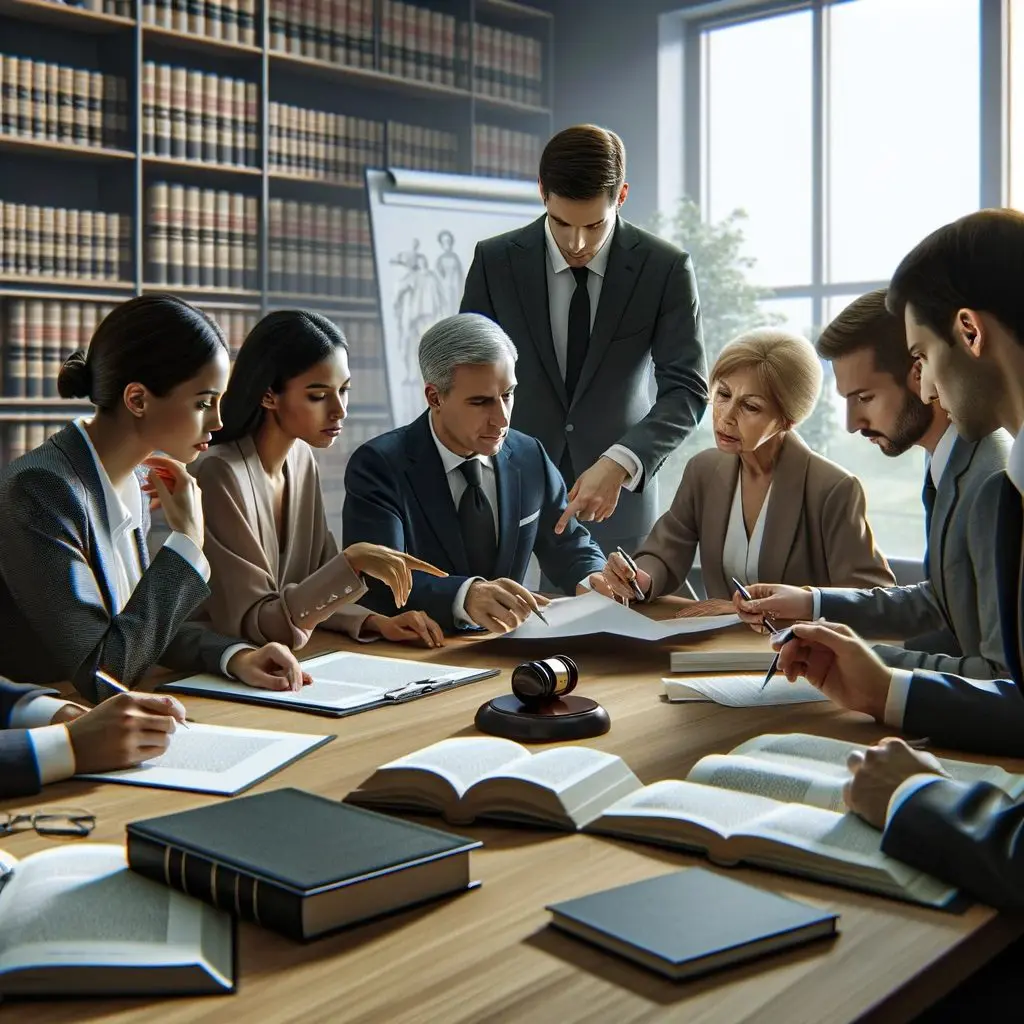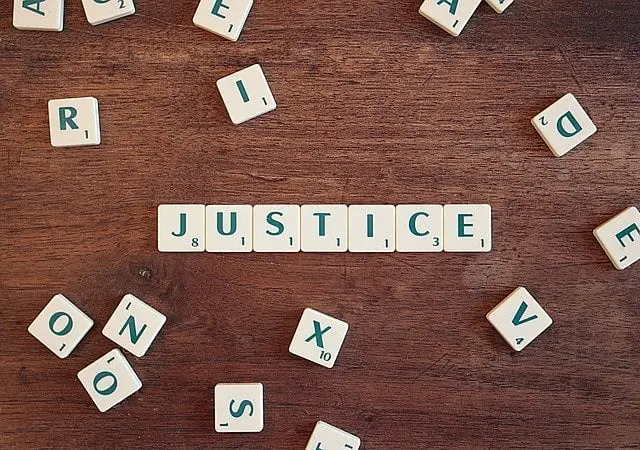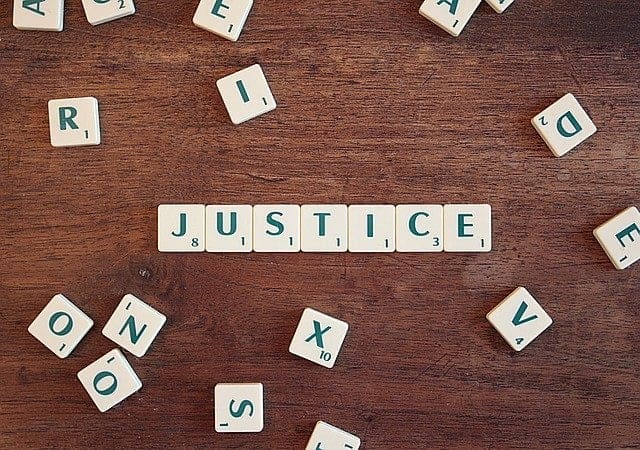In the realm of civil law, the principle of Balance of Probabilities stands as a cornerstone in determining the outcome of legal disputes. This standard of proof, pivotal in civil litigation, hinges on the likelihood of an event or fact being more true than not. Unlike the stringent requirement of “Beyond Reasonable Doubt” in criminal law, the Balance of Probabilities offers a more accessible, yet equally rigorous, threshold for proving cases in civil courts.
The essence of civil litigation is resolving disputes between parties, often involving contracts, negligence, or property issues. Here, the Burden of Proof plays a crucial role. It falls upon the claimant to establish their case on the balance of probabilities. This means demonstrating that their version of events, or the facts they present, are more likely than not to be true. In essence, the scales of justice need to tip slightly in favor of the claimant for them to succeed.
Let’s delve into the nuances of this legal standard. In a scenario where a plaintiff accuses a company of negligence leading to personal injury, the plaintiff must provide evidence that makes their claim more probable than not. This could involve witness testimonies, documentation, or expert opinions. The defendant, in response, will present their evidence to counter the claim. The court then weighs this collective evidence, tilting towards the party whose evidence appears more convincing.
This process underscores the dynamic nature of Civil Law, where legal battles are often intricate and multifaceted. The Balance of Probabilities standard ensures a fair and just approach, taking into account the evidence presented by both sides. In contrast to criminal law, where the stakes include potential loss of liberty, civil cases often revolve around monetary compensation or specific performance of contractual obligations. Therefore, the Balance of Probabilities serves as a fitting standard, ensuring that decisions are made based on the most likely version of events.
The application of the Balance of Probabilities is not static but adapts to the context of the case. In matters of high seriousness or complexity, such as allegations of fraud or significant financial disputes, the evidence must be correspondingly robust. The court scrutinizes the evidence meticulously, understanding that the more serious the allegation, the less likely it is to have occurred. This approach maintains the integrity and thoroughness of the judicial process.
It’s important to note that the Balance of Probabilities does not diminish the need for solid evidence. Instead, it emphasizes the quality of evidence over quantity. Each piece of evidence is examined for its probative value – its ability to prove a fact in question. The court’s task is to assess this evidence collectively and decide which party’s narrative is more plausible.
In understanding Legal Standards, it’s crucial to recognize the practical implications of the Balance of Probabilities. For legal practitioners, mastering this standard is key to effectively advocating for their clients. It involves not just presenting evidence, but also strategically highlighting the strengths of their case and the weaknesses in the opposition’s arguments.
The Balance of Probabilities also influences how legal advice is given. Lawyers must evaluate the available evidence and advise their clients on the likelihood of success. This involves a thorough analysis of the facts, the applicable law, and the potential outcomes based on the standard of proof required.
In conclusion, the Balance of Probabilities is a fundamental concept in civil law, guiding the resolution of disputes in a fair and equitable manner. Its application requires a careful and meticulous evaluation of evidence, ensuring that justice is served in civil courts. For anyone involved in civil litigation, understanding and navigating this standard is essential for achieving favorable outcomes.
For your reference, the information in this article was synthesized and expanded from the following sources:
- Doogue + George Defence Lawyers: Beyond Reasonable Doubt (Criminal) vs. Balance of Probabilities (Civil)
- Hallellis.co.uk: Burden of Proof & Balance of Probabilities in Civil Litigation: Law Simplified
Disclosure: Generative AI Created Article
















